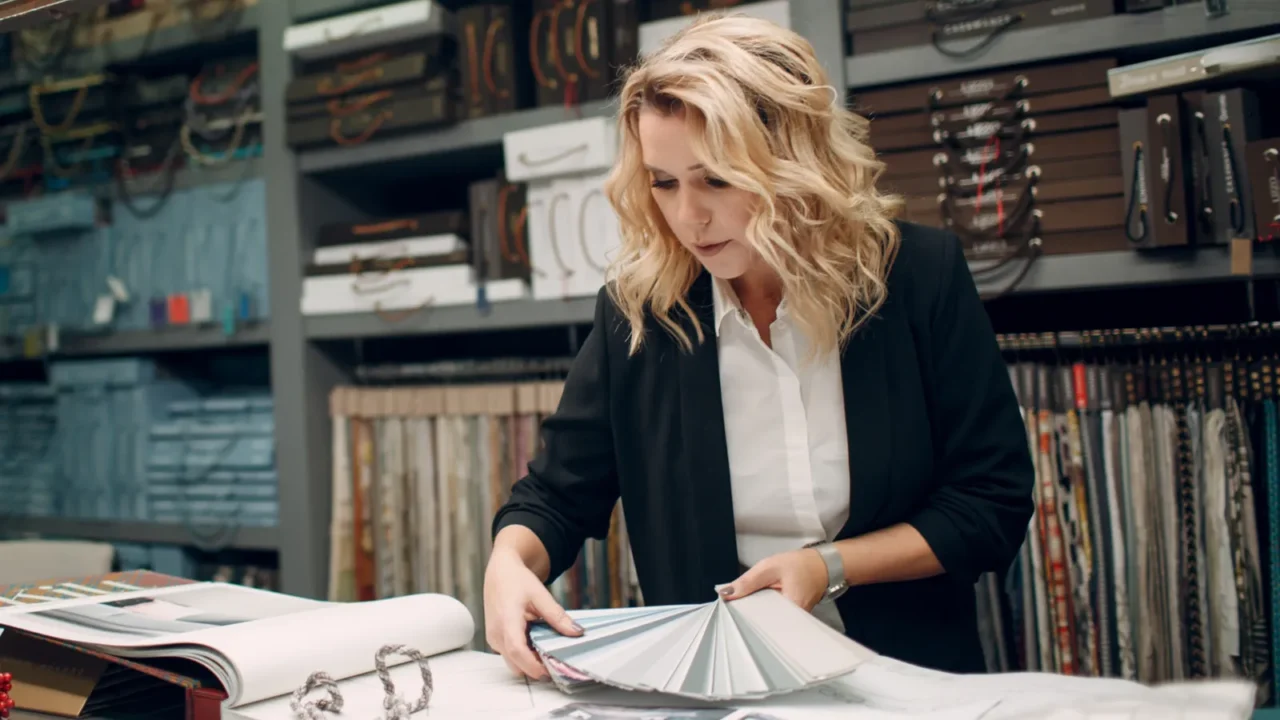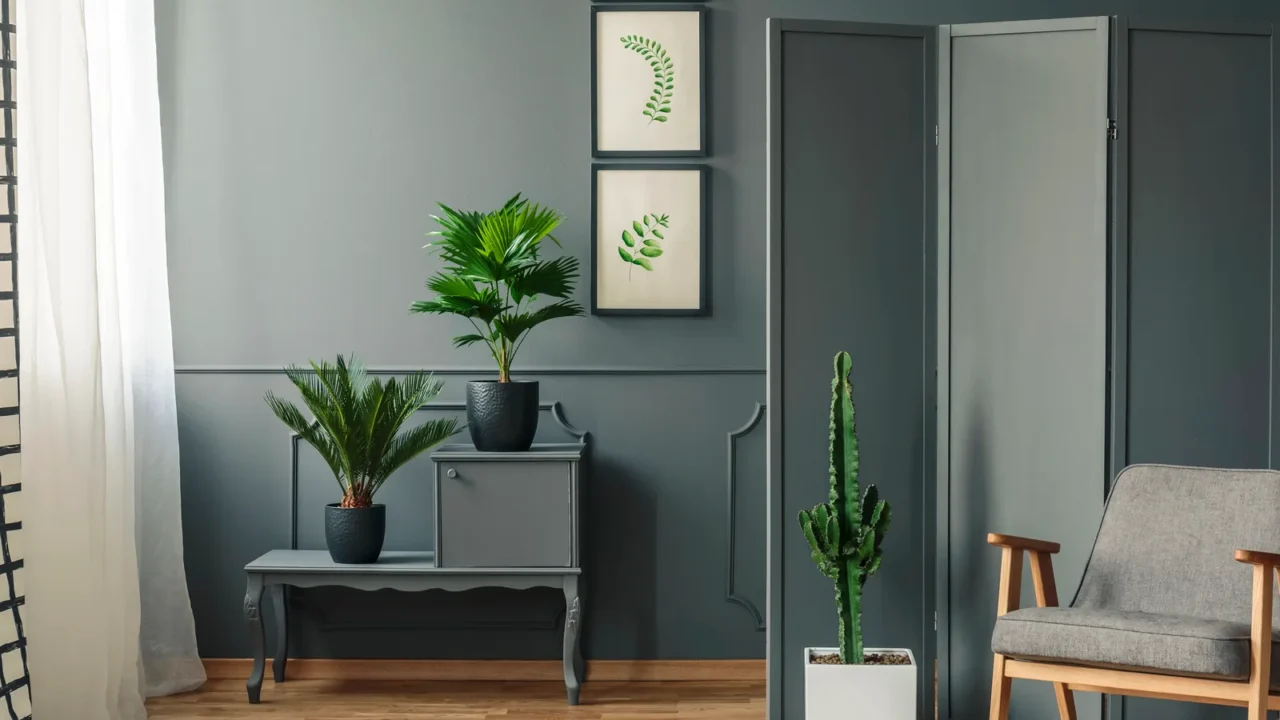
Unleash Your Design Potential
Creating a design portfolio that stands out doesn’t have to feel overwhelming. With the right strategies, your portfolio can showcase your unique style and skills, catching the attention of potential clients or employers.
From curating your best work to presenting it professionally, this guide is packed with actionable insights. Whether you’re a newbie or a seasoned designer, these tips will help you build a portfolio that reflects your talent and opens doors to exciting opportunities.

Choose Your Best Work
Your portfolio should highlight your finest projects. Select pieces that show your versatility and expertise across different styles or mediums.
Focus on quality over quantity, as 10 exceptional works leave a stronger impression than 30 average ones. Each project should tell a story and showcase your unique vision and problem-solving skills. Include a mix of client and personal work to keep it well-rounded and engaging.

Organize by Theme or Style
Grouping your projects by theme or design style makes your portfolio easier to navigate. This approach also helps viewers quickly grasp your creative range.
For instance, you can separate modern, vintage, and eclectic designs. A clear organization system gives your portfolio a polished, professional feel and ensures it’s memorable for viewers. It also reflects your ability to think strategically, which clients value.

Include Detailed Case Studies
Showcasing projects as case studies adds depth to your portfolio. Share the story behind each design, including challenges and solutions.
Explain the project objectives, your creative approach, and the results achieved. This detail shows potential clients how you think and execute, proving you’re more than just artistic (you’re strategic and solution-oriented). Case studies help position you as a reliable and thoughtful designer.

Emphasize Your Design Philosophy
Your portfolio should reflect your design philosophy. Share why you approach projects a certain way or what inspires your creative decisions.
For example, explain your commitment to sustainable design or your focus on blending form and function. This personal touch makes your portfolio stand out and allows clients or employers to connect with your unique perspective. A clear philosophy adds depth and purpose to your portfolio.

Invest in High-Quality Photography
Professional photos enhance your portfolio instantly. Use natural light and proper angles to capture details, textures, and finishes in your designs.
Poor-quality images can overshadow great work, so don’t skimp on photography. Clear, high-resolution visuals ensure your projects shine and leave a lasting impression. Investing in professional photography shows you care about presenting your work in the best light.

Create a Digital Portfolio
A digital portfolio allows you to reach a broader audience. Platforms like Behance or a personal website provide easy access to your work.
Make sure it’s mobile-friendly and visually appealing. A well-organized digital portfolio ensures you stay relevant in today’s design world. It also allows potential clients or employers to share your work easily, increasing your visibility and opportunities.

Add Testimonials and Client Feedback
Including testimonials builds credibility. Positive feedback reassures potential clients or employers about your reliability and skills.
Highlight quotes that reflect your professionalism, creativity, and ability to meet expectations. Display these testimonials prominently to show your track record. Feedback from happy clients adds a human touch and makes your portfolio more relatable and trustworthy.

Use Consistent Branding
Your portfolio should reflect your personal brand. Use consistent fonts, colors, and layouts to tie everything together.
This cohesive look shows you pay attention to detail and have a clear, creative identity. A strong brand makes your portfolio more memorable and helps it stand out among competitors. It’s also a great way to establish your unique style as a designer.

Highlight Collaboration Skills
Mention collaborations in your portfolio. Explain how you worked with other designers, clients, or contractors on certain projects.
Collaboration is a key skill in design, and showcasing it demonstrates your ability to work well with others. It also shows that you’re versatile and can adapt to team dynamics, making you a more attractive candidate or partner.

Add Before-and-After Shots
Before-and-after images provide a visual narrative of your impact. They highlight the transformation your designs bring to a space.
This technique makes your portfolio more dynamic and engaging. It allows viewers to see the value you’ve added clearly. It’s also an excellent way to demonstrate your ability to solve design challenges and deliver impressive results.

Include a Range of Projects
Your portfolio should showcase a variety of designs, from small-scale projects to full-scale renovations. This variety reflects your versatility.
Include both residential and commercial designs if you’ve worked on them. A diverse portfolio attracts a broader range of clients and shows you’re adaptable to different needs and styles. It’s key to leaving a lasting impression.

Keep It Updated
Your portfolio should evolve with your career. Remove outdated work and add fresh, relevant projects regularly.
This shows you’re active in the field and growing as a designer. Regular updates keep your presentation current and competitive. It also ensures that your portfolio always reflects your most impressive and recent work.

Add Mood Boards or Sketches
Include mood boards or initial sketches to showcase your creative process. These elements give viewers a glimpse into how your ideas take shape.
It’s a great way to demonstrate your ability to conceptualize and execute designs effectively. Mood boards and sketches also make your portfolio more engaging and relatable. They add a personal touch that highlights your creative journey.

Make It Interactive
Interactive elements like clickable images, videos, or animations can enhance a digital portfolio. They add a modern touch and engage viewers.
Interactive features also allow you to explain your projects in more detail. They show you’re tech-savvy and forward-thinking. These small details can make your portfolio more memorable and enjoyable to explore.

Include Personal Projects
Adding personal projects shows passion and creativity beyond client work. These projects often reflect your purest design instincts.
They give viewers insight into your style and interests, making your portfolio more relatable and authentic. Personal projects also demonstrate initiative and a willingness to explore new ideas. Learn more about how to make interiors feel deeply personal to create designs that resonate and inspire.

Proofread Every Detail
Ensure there are no typos, grammatical errors, or broken links. These mistakes can undermine the professionalism of your portfolio.
Meticulous proofreading reflects your commitment to excellence and leaves a polished impression. It also shows you care about every aspect of your presentation, from content to design.
Stay current with the latest technology and industry trends. Discover how integrating technology into interior design can help you stay ahead and impress your clients.
Ready to create a portfolio that’ll help you win clients? Tell us which idea you liked the most.
Read More From This Brand:
- Networking Secrets for Interior Designers
- Emerging Trends in Interior Design Careers
- Secrets to Succeeding as an Interior Pro
Don’t forget to follow us for more exclusive content right here on MSN.